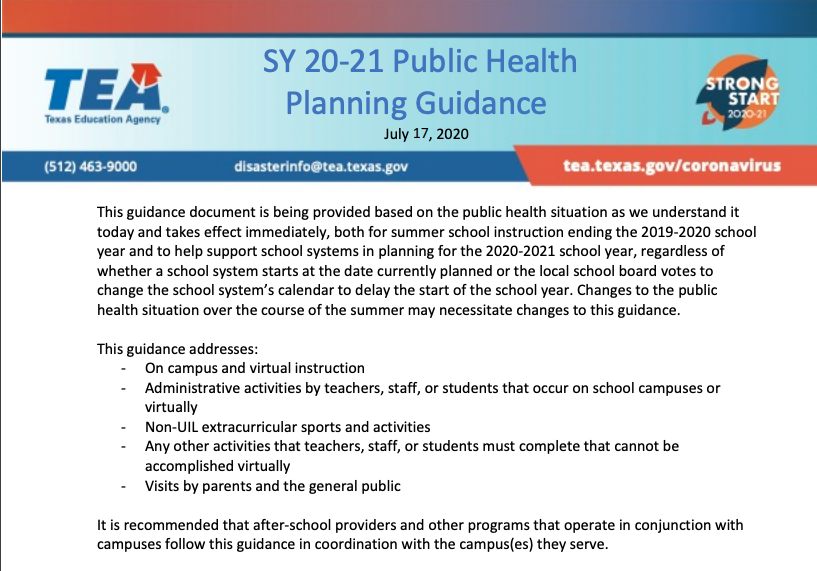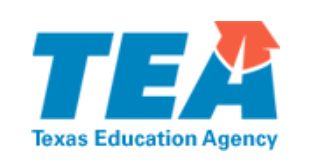
As the 2020-2021 school year nears, many parents and school employees have questions as to what school will be like due to the novel coronavirus 2019 that continues to spread through the community. Administrators have answered as many questions as possible, but have been awaiting state guidance on many matters. Over the last couple of weeks, Texas Education Agency has issues some direction, but had yet to weigh in on other matters. TEA issued some additional back to school guidance July 17 that answer some of those questions. Some of the COVID-19 related guidelines are requirements while others are recommendations.
School Start Options
Local school boards for districts in areas with high levels of community spread retain the flexibility to delay the start of the school year, according to TEA.
School systems can now temporarily limit access to on-campus instruction for the first 4 weeks of school, then continue to limit access to on-campus instruction for an additional 4 weeks by sending a board-approved waiver request to TEA.

Additional changes provide school systems with the ability to convert high schools—with school board approval—to a full-time hybrid model once students have transitioned back to on-campus instruction. This model, according to TEA, will provide a more socially distanced school experience, where students receive a portion of their instruction on-campus and a portion of their instruction remotely at home.
One week prior to the start of on-campus activities and instruction, school systems must post for parents and the general public a summary of the plan— developed in consultation with their teachers, staff, and parents — that the district will follow to mitigate COVID-19 spread in schools based on the requirements and recommendations outlined in TEA’s updated public health planning guidance.
Switching Instructional Plans
Parents who request virtual instruction can request to have their students return to regular on-campus instruction, but schools can limit instructional transitions to the end of a grading period.If a parent requests virtual instruction and the school does not offer it, the parent may enroll in another school that does offer it for transfer students.
What does TEA say is required or recommended regarding face masks/face coverings?
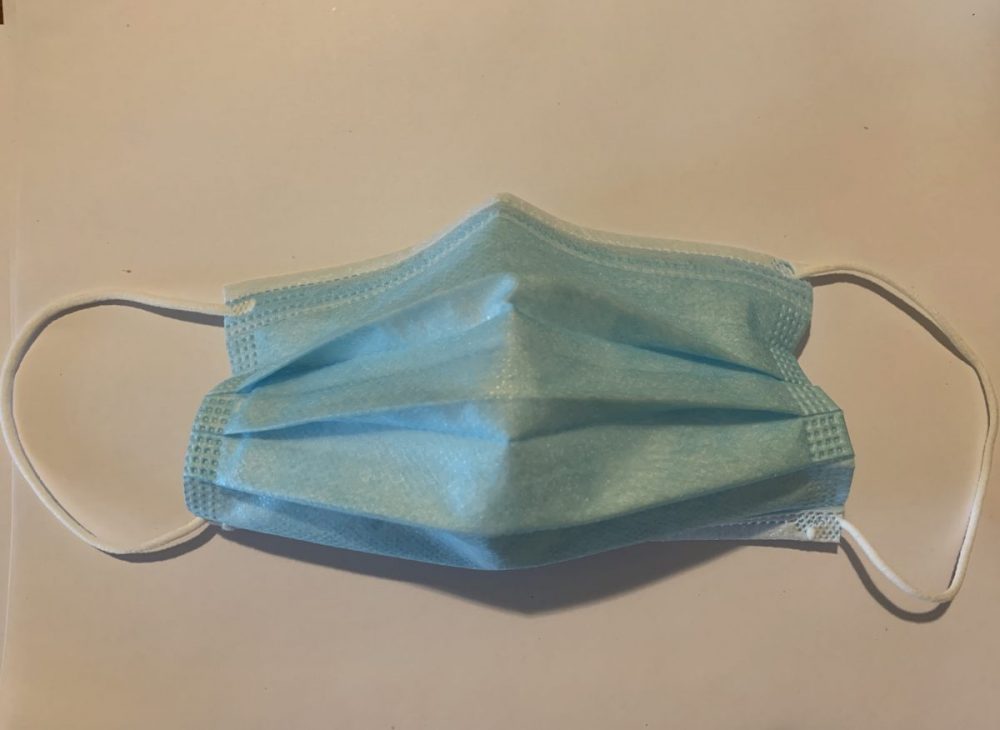
Schools are required to comply with the governor’s executive order regarding the wearing of masks. Considered as acceptable masks are non-medical grade disposable face masks, cloth face coverings (over the nose and mouth) or full-face shields to protect eyes, nose, and mouth. Face shields, according to TEA, in many circumstances are superior to cloth face coverings as they give improved ability to see mouth movements and improve air circulation.
In addition to the executive order, school systems may require the use of masks or face shields for adults or students for whom it is developmentally appropriate.
When impractical masks or face shields are exempt for students actively participating in some non-UIL athletic or other extracurricular activities.
District may allow students actively exercising to remove masks or face shields, as long as they maintain at least 6 feet of distance from other students, teachers, and staff who are not wearing masks or face shields. They must not take them off until they are the requisite 6 feet apart, however.
Teachers, staff, and visitors will still be required to wear masks or face shields when entering and exiting facilities and practice areas; and when not actively engaging in those activities.
What happens if a student exhibits COVID-19 symptoms while on campus?
Schools must immediately separate any student who shows COVID-19 symptoms while at school until the student can be picked up by a parent or guardian.
Students who report feeling feverish should be given an immediate temperature check to determine if they are symptomatic for COVID-19.
Schools should clean the areas used by the individual who shows COVID-19 symptoms while at school (student, teacher, or staff) as soon as is feasible.
When asking individuals if they have symptoms for COVID-19, school systems must only require the individual to provide a “Yes” or “No” to the overall statement that they are symptomatic for COVID-19, as opposed to asking the individual for specific symptom confirmation. School systems are not entitled to collect information during screening on the specific health information of an individual beyond that they are symptomatic, accordingto TEA.
Once individuals who respond yes has met the criteria for re-entry, school systems must destroy those individuals’ responses, TEA stipulates.
What actions are required if individuals with lab-confirmed cases have been on a school campus?
If an individual who has been in a school is lab-confirmed to have COVID-19, the school must notify its local health department or local health authority in Hopkins County, in accordance with applicable federal, state and local laws and regulations, including confidentiality requirements of the Americans with Disabilities Act (ADA) and Family Educational Rights and Privacy Act (FERPA).
Schools must close off areas that are heavily used by the individual with the lab-confirmed case (student, teacher, or staff) until the non-porous surfaces in those areas can be disinfected, unless more than 3 days have already passed since that person was on campus.
Consistent with school notification requirements for other communicable diseases, and consistent with legal confidentiality requirements, schools must notify all teachers, staff, and families of all students in a school if a lab-confirmed COVID-19 case is identified among students, teachers or staff who participate on any on campus activities.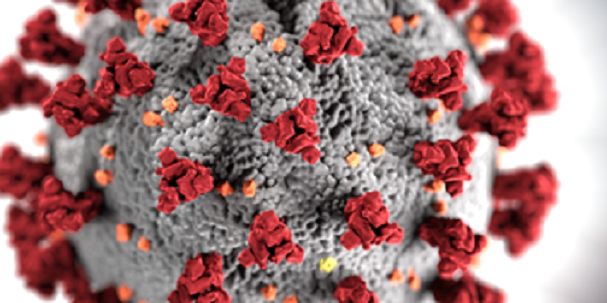
When can a school employee or student who is or presumed COVID-19 positive return to school?
Individuals who either: (a) are lab-confirmed to have COVID-19; or (b) experience the symptoms of COVID-19 must stay at home throughout the infection period, and cannot return to campus until the school system screens the individual to determine any of the following three conditions for campus re-entry have been met.
- An individual who was diagnosed with COVID-19 may return to school when all 3 of the following criteria are met:
- at least three days (72 hours) have passed since recovery (resolution of fever without the use of fever-reducing medications);
- ii. the individual has improvement in symptoms (e.g., cough, shortness of breath); and
- iii. at least 10 days have passed since symptoms first appeared.
- An individual who has symptoms that could be COVID-19 and who is not evaluated by a medical professional or tested for COVID-19 is assumed to have COVID-19, and may not return to the campus until the individual has completed the same three-step set of criteria listed above.
- If an individual has symptoms that could be COVID-19 and wants to return to school before completing the above stay-at-home period, the individual must either (a) obtain a medical professional’s note clearing the individual for return based on an alternative diagnosis or (b) receive two separate confirmations at least 24 hours apart that they are free of COVID via acute infection tests at an approved COVID-19 testing location found at https://tdem.texas.gov/covid-19/.
COVID-19 symptoms include any of the following the individual has begun experiencing in a way that is not normal for them:
- Feeling feverish or a measured temperature greater than or equal to 100.0 degrees Fahrenheit
- Loss of taste or smell
- Cough
- Difficulty breathing
- Shortness of breath
- Headache
- Chills
- Sore throat
- Shaking or exaggerated shivering
- Significant muscle pain or ache
- Diarrhea
Transportation Recommendations
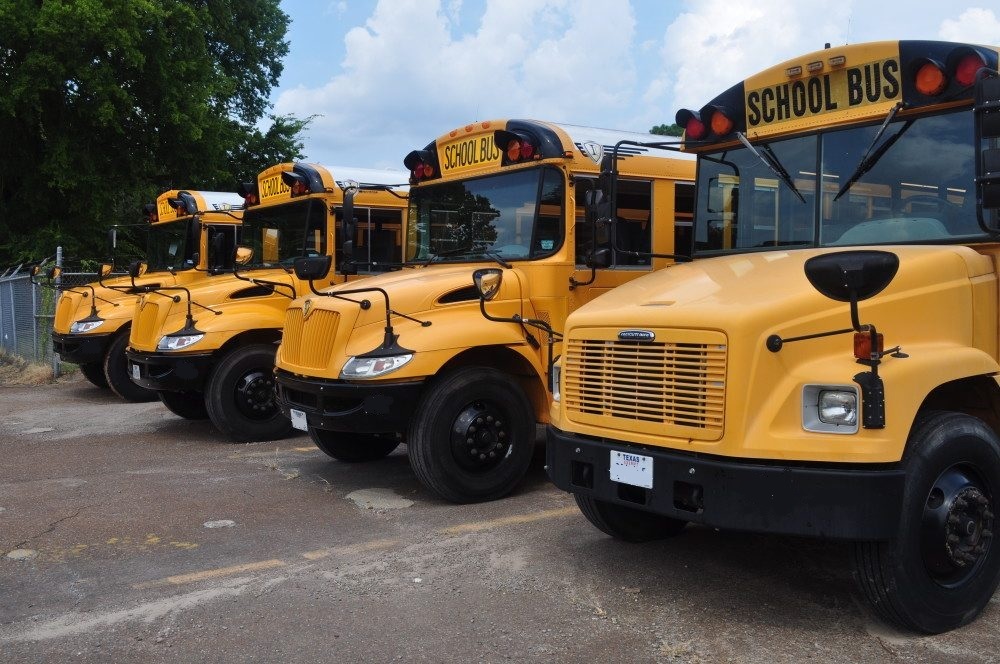
Families should be encouraged to drop students off, carpool, or walk with their student to school to reduce possible virus exposure on buses. COVID-19 screening questions should also be asked of a student’s parent if that parent will be dropping off or picking up their child from inside the school.
TEA recommends that schools require students and staff to use hand sanitizer upon boarding a school bus.
When possible, the TEA guidelines recommend windows to allow outside air to circulate in the bus.
Buses should be thoroughly cleaned after each bus trip, focusing on high-touch surfaces such as bus seats, steering wheels, knobs, and door handles. During cleaning, open windows to allow for additional ventilation and air flow.
Measures recommended to better protect students and staff from potential spread of COVID-19 at schools:
Schools should attempt to have hand sanitizer and/or hand washing stations with soap and water at each entrance. They should also attempt to provide hand sanitizer and/or hand washing stations with soap and water in every classroom. Students, teachers, staff, and campus visitors should be encouraged to sanitize and/or wash hands frequently, according to the latest TEA guidelines.
School systems are encouraged to teach students good handwashing techniques and have students engage in supervised handwashing for at least 20 seconds at least 1 times each day, in addition to being encouraged to wash hands after using the restroom and before eating.
Students, teachers, staff, and campus visitors, according to TEA, should be encouraged to cover coughs and sneezes with a tissue, and if not available, covered in their elbows. Used tissues should be thrown in the trash, hands should be washed immediately with soap and water for at least 20 seconds, or hand sanitizer should be used.
Campuses should institute more frequent cleaning practices, including additional cleaning by janitorial staff, as well as provide the opportunity for children to clean their own spaces before and after they are used, in ways that are safe and developmentally appropriate.
Frequently touched surfaces such as door handles, common tables/desks, shared supplies such as art supplies, and high touch devices such as shared laptops or tablets should be cleaned and disinfected more frequently.
Commonly-touched surfaces in classrooms should be cleaned between different class groups, if the same room will be used by multiple class groups.
CDC guidance on cleaning community buildings to prevent COVID-19 spread should be followed.
Whenever possible, schools should open windows or otherwise work to improve air flow by allowing outside air to circulate in the building.
Consider adding dividers between bathroom sinks, especially when students cannot be at
least six feet apart while using the sinks.
To reduce 15 minutes or more of contact within 6 feet of one another, TEA recommends school take precautions during school lunches. This could include having students eat lunch at their desks, use of seats that are spaced at least 6 feet apart or dividers on cafeteria tables to shield students from respiratory droplets.
TEA also recommends serving individually plated meals and using disposable food service items for student’s who don’t bring their lunch to school.
Recommendations for school visitors
Schools systems should restrict visits in schools to only those essential to school operations.
Parents and other adults can visit schools, as permitted by local school system policies. During these visits, parents and other visitors must follow virus prevention and mitigation requirements of the school.
Extracurricular, Other Activities
Schools can continue to offer extracurricular activities, at their discretion provided other TEA guidelines and executive orders are followed, for non-UIL extracurricular activities and with per UIL guidelines for those activities.
School systems may open facilities to the public, if typically permitted by school policy, provided the school remains complaint with the governor’s executive orders for similar activities.
TEA recommends, based on local conditions, that school systems consider eliminating assemblies and other activities that bring large groupings of students and/or teachers and staff together.
The full 9-page TEA Public Health Planning Guidance form can be downloaded by clicking here or accessed from the TEA website, https://tea.texas.gov/.